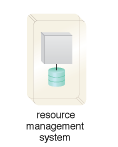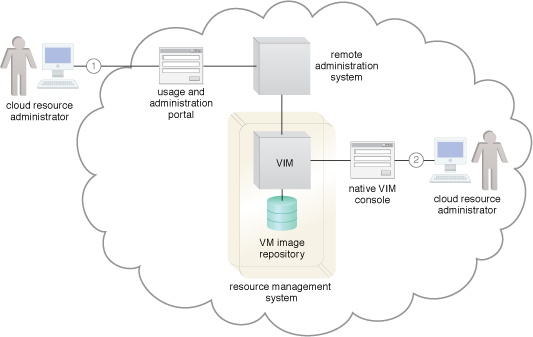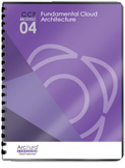Cloud Computing Patterns, Mechanisms > Mechanisms > R - S > Resource Management System
Resource Management System

The resource management system mechanism helps coordinate IT resources in response to management actions performed by both cloud consumers and cloud providers (Figure 1). Core to this system is the virtual infrastructure manager (VIM) that coordinates the server hardware so that virtual server instances can be created from the most expedient underlying physical server. A VIM is a commercial product that can be used to manage a range of virtual IT resources across multiple physical servers. For example, a VIM can create and manage multiple instances of a hypervisor across different physical servers or allocate a virtual server on one physical server to another (or to a resource pool).
Tasks that are typically automated and implemented through the resource management system include:
- managing virtual IT resource templates that are used to create pre-built instances, such as virtual server images
- allocating and releasing virtual IT resources into the available physical infrastructure in response to the starting, pausing, resuming, and termination of virtual IT resource instances
- coordinating IT resources in relation to the involvement of other mechanisms, such as resource replication, load balancer, and failover system
- enforcing usage and security policies throughout the lifecycle of cloud service instances
- monitoring operational conditions of IT resources
Resource management system functions can be accessed by cloud resource administrators employed by the cloud provider or cloud consumer. Those working on behalf of a cloud provider will often be able to directly access the resource management system’s native console.
Resource management systems typically expose APIs that allow cloud providers to build remote administration system portals that can be customized to selectively offer resource management controls to external cloud resource administrators acting on behalf of cloud consumer organizations via usage and administration portals.

Figure 1 – The cloud consumer’s cloud resource administrator accesses a usage and administration portal externally to administer a leased IT resource (1). The cloud provider’s cloud resource administrator uses the native user-interface provided by the VIM to perform internal resource management tasks (2).
Related Patterns:
- Bare-Metal Provisioning
- Centralized Remote Administration
- Logical Pod Container
- Micro Scatter-Gather
- Platform Provisioning
- Resource Management
- Resource Pooling
- Resource Reservation
- Single Node Multi-Containers
This mechanism is covered in CCP Module 4: Fundamental Cloud Architecture.
For more information regarding the Cloud Certified Professional (CCP) curriculum, visit www.arcitura.com/ccp.
This cloud computing mechanism is covered in:
Cloud Computing: Concepts, Technology & Architecture by Thomas Erl, Zaigham Mahmood,
Ricardo Puttini
(ISBN: 9780133387520, Hardcover, 260+ Illustrations, 528 pages)
For more information about this book, visit www.arcitura.com/books.

